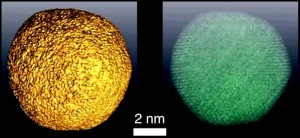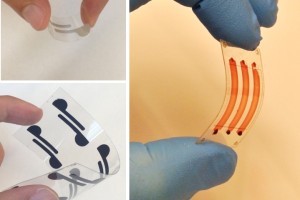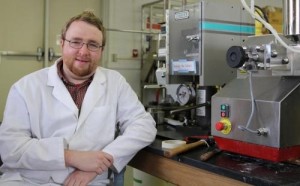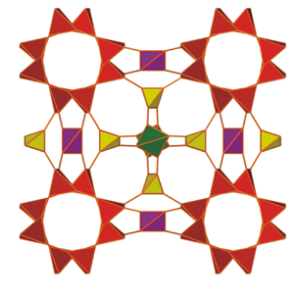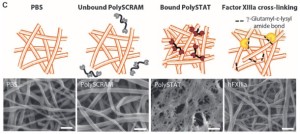One of the world’s strongest natural materials has met one of the strongest artificial materials.
Researchers from the University of Trento, Italy conduced an experiment where they sprayed spiders—producers of naturally strong silk—with carbon-based graphene. Why? Curiosity, of course—the backbone of much great science.
From the experiment, the researchers found that some spiders produced silk that was 3.5 times tougher and stronger than the best naturally produced silk.



